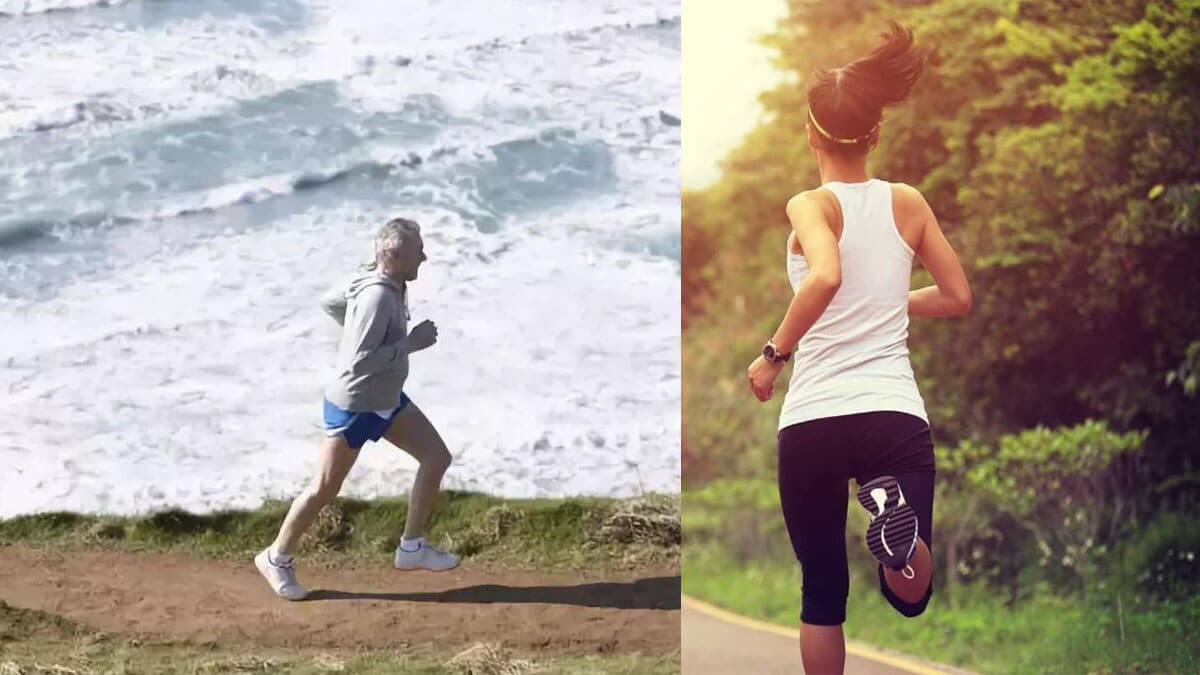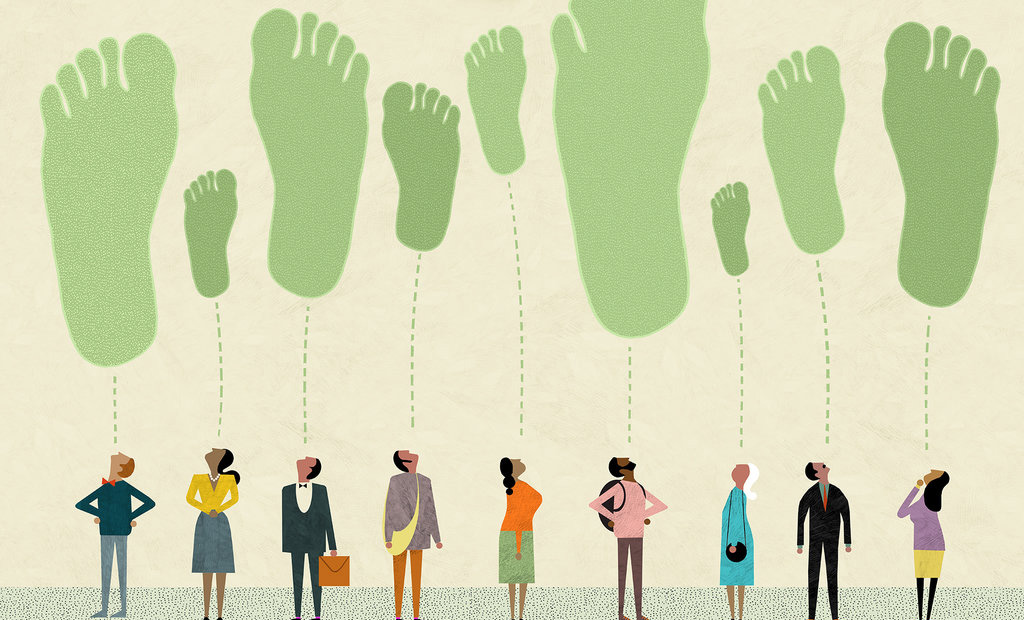If you tell your exercise friends that you want to lose weight or exercise, most of them will recommend jogging or brisk walking for you. Over time, one idea may become ingrained in your mind that there is no difference between jogging and brisk walking. If that’s what you think, you’ve got a big problem with these two sports. Although the dynamic indicators of walking and running at the same speed are similar, jogging and brisk walking are very different from each other in terms of the exercise itself, posture, effects, energy consumption and damage points of exercise.
- Sports Mechanism
The main reason why exercise scientists clearly divide jogging and brisk walking into two sports is the difference in their exercise mechanism. When the body is in walking mode, at least one leg is supporting its weight, and the bones provide support.
When running, a burst of muscular force causes the body to be airborne and in an unsupported position. When the human body is airborne, when the supporting leg falls to the ground, the muscles act again to cushion and protect the human body. This is the essential difference between walking and running.
- Energy Consumption
There is also a big difference in energy consumption between jogging and brisk walking because of differences in torso, legs and work speed. The study found that jogging burns significantly more calories than brisk walking at the same speed or for the same distance. At a slower pace, jogging used up to 1.7 times as much energy as brisk walking.
Jogging:
Calories burned: 400 kcal / 60 min. Fat burned: 52 g / 60 min
Brisk walking:
Calories burned: 200 calories / 60 min. Fat burned: 26 grams / 60 min
- Sports Effect
Most people choose to jog or briskly walk for better health or to lose weight, but there are differences between the two types of exercise in terms of results.
Jogging:
Jogging can improve cardiopulmonary function, increase the output of blood to the heart contraction, reduce the resting heart rate, lower blood pressure, increase the content of high-density lipoprotein cholesterol in the blood, and improve the working ability of the body. Accelerate the metabolism of the human body, conducive to the excretion of toxins in the body and effectively delay the aging of body functions. In addition, through jogging, can enhance the body muscle and muscle endurance, strengthen the body reaction speed. This is the key to the difference between jogging and brisk walking.
Brisk walking:
In addition to brain health, improve work efficiency, improve gastrointestinal peristalsis to improve appetite, but also enhance cardiopulmonary function, improve blood lipid. As a result of fast walking, the pressure on the joints is not large, and it will not cause damage to the bone joints in general. Therefore, fast walking also has the effect of strengthening the bones and muscles.
- Sports Injury
Every advantage has a disadvantage: while sports bring health system to the human body, it is likely to bring some pain.
When jogging, the body will go through a process of rise and fall. At the same time, the body will naturally receive the reaction force from the ground. At this time, although our muscles can play a role of buffer, most of the force will be applied to the knees. A prolonged period of stress is likely to damage the knee.
The physical activity of a brisk walk is not as strenuous as that of a jog, and the pressure on the knees is minimal, so moderate brisk walking does not cause knee injuries. But because of the long contact time between the soles of the feet and the ground when walking fast, the foot fatigue is greater. The rugged road surface and unfit shoes may lead to foot edema, wear and tear.
- Correct Posture
Sports injury is not inevitable, choose a pair of suitable shoes, pay attention to control the intensity of exercise and exercise amount can effectively prevent injury, and the correct posture is crucial. Whether you are walking briskly or jogging, you need to pay attention to your posture, and jogging is very different from briskly walking. That’s why it’s important to keep the distinction between the two: many people tend to confuse jogging with brisk walking and therefore use the wrong posture.
The wrong posture will not only affect the performance of the exercise, but will also cause more damage to our body. Let’s take a look at how jogging and brisk walking look:
Jogging
Pull your body forward with your chest, making sure your whole body is slightly forward in a straight line, but avoid a top-up forward position. Shoulders relaxed back; Keep your back straight, but don’t feel stiff. As you run, clench your fists with your thumbs on the outside of your fists, palms facing each other, and keep your hands relaxed. When your foot hits the ground, press down hard. This will give you more explosive power for your next step. The harder you press, the faster your foot will leave the ground again, and you will lift your other knee easily and unconsciously. This action will not hurt you.
Brisk walking
When walking fast, keep your body upright, keep your weight in the middle of your body, and don’t lean forward as you do when running. Your shoulders are relaxed, your abdomen is tight, your back is straight, and your head is straight. Arms should be active swing. The upper tip should not exceed the shoulder height, the lower tip should not exceed the central axis of the side of the body, and the upper arm and lower arm should be bent at an Angle of 85-90 degrees.
Obviously, jogging is very different from brisk walking, but the jury is still out on which of the two is better. When we choose between jogging and brisk walking, it’s not about which is better, but about which is better for us. Jogging has higher requirements on physical quality, muscle strength and endurance, so it is more suitable for people with good physique and certain running experience. If you want to get stronger and fit through exercise, jogging is a good choice.
Of course, people who are overweight or have knee problems may not be suitable for jogging. They can choose another form of exercise — brisk walking. Compared to jogging, brisk walking is lighter and easier to do, making it an excellent choice for people who do not exercise regularly, are physically weak or are not suitable for running. No matter which type of exercise you choose, it’s important to keep hydrated during the workout, and you can always carry a durable sports water bottle with you.




